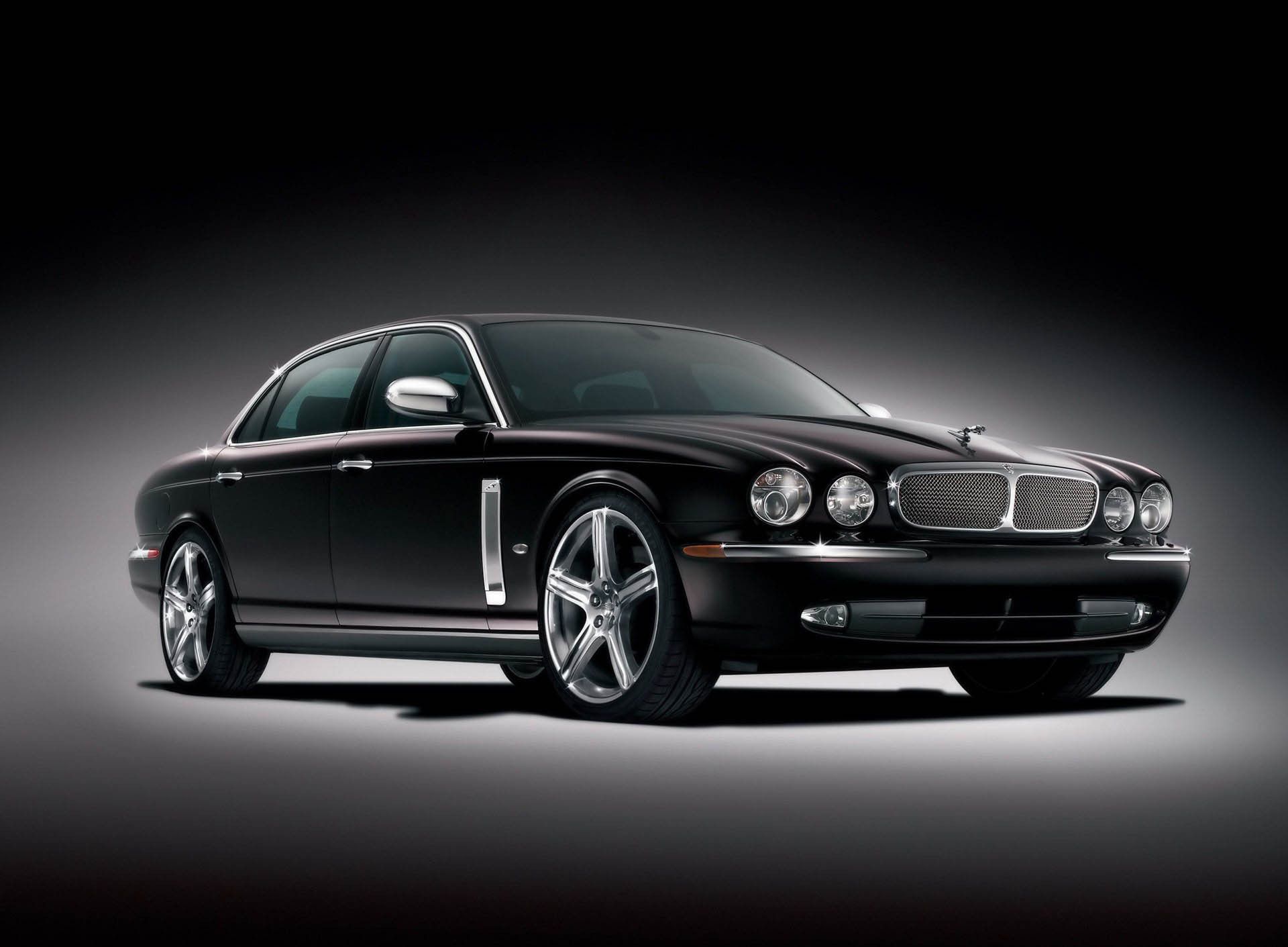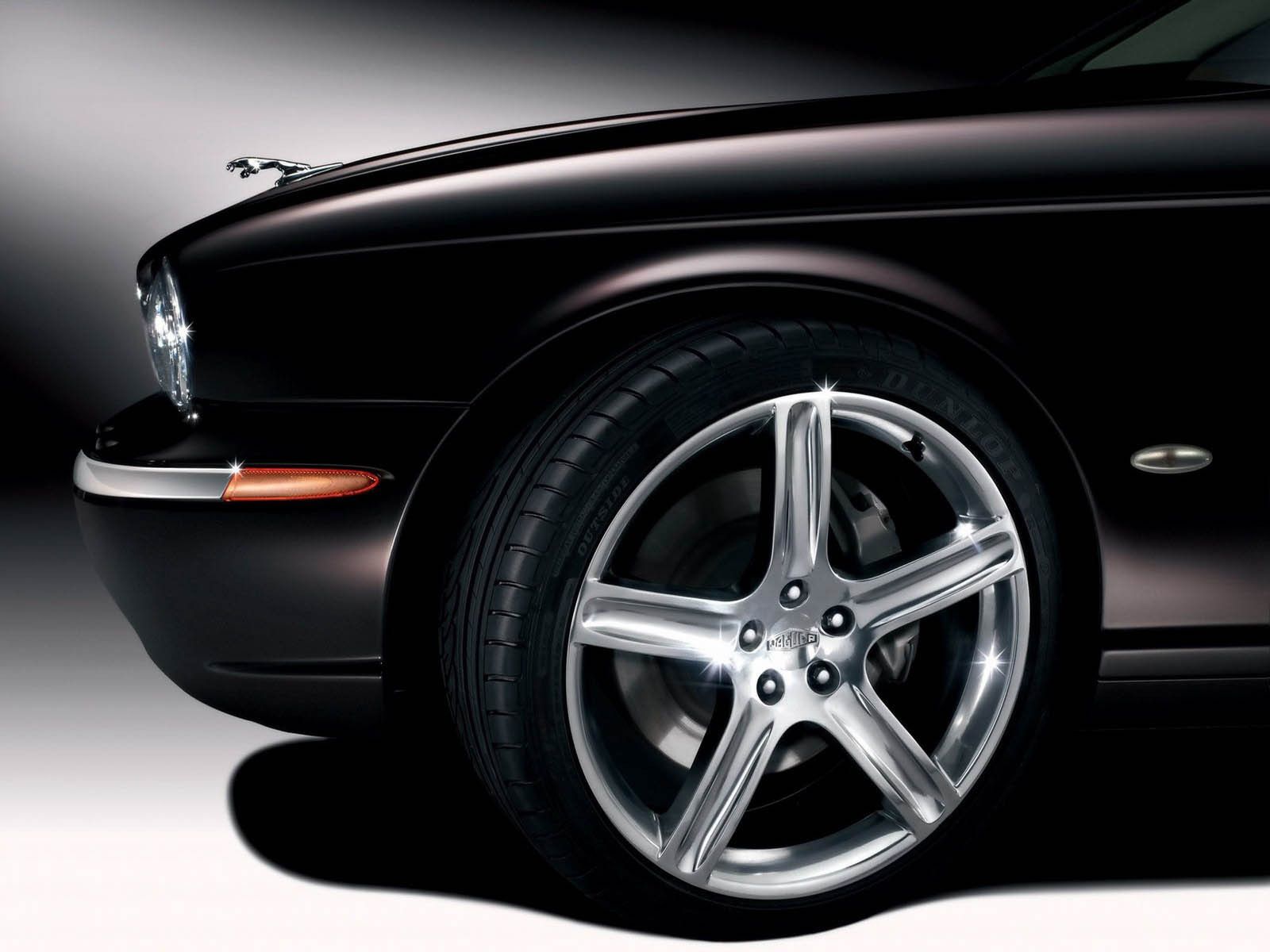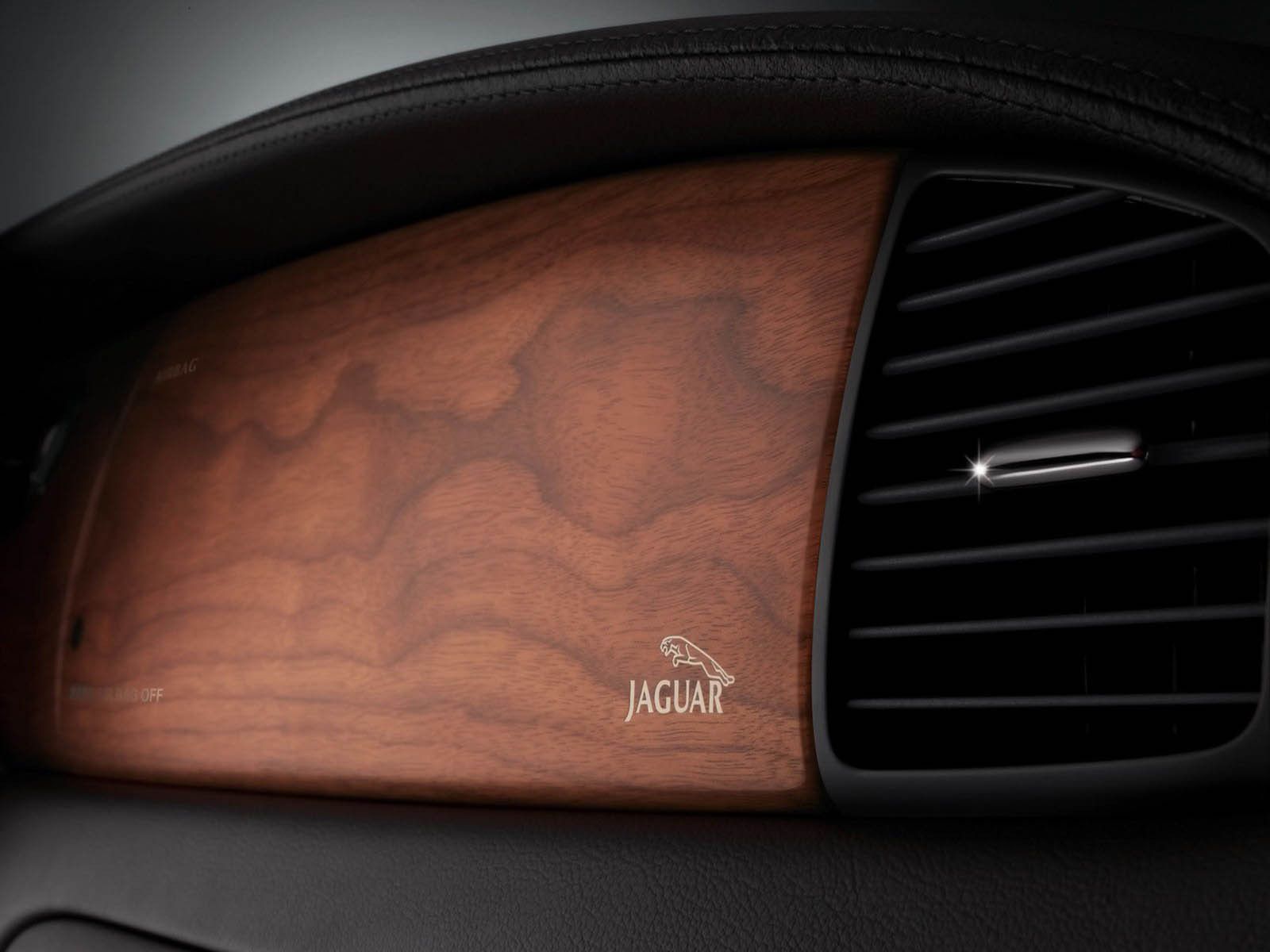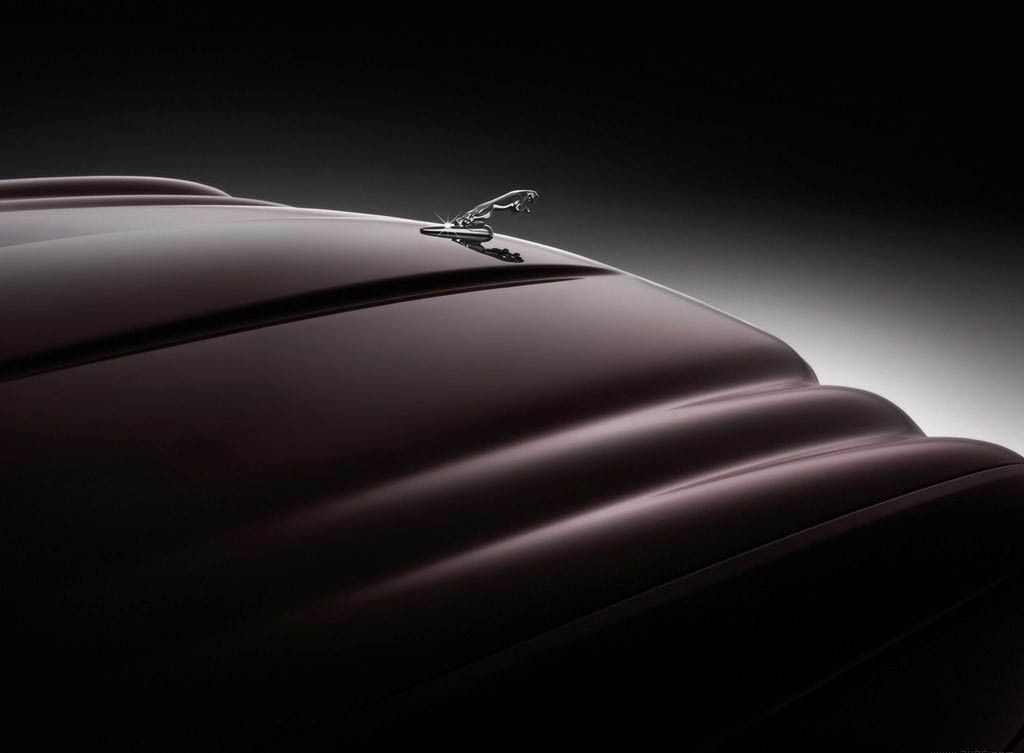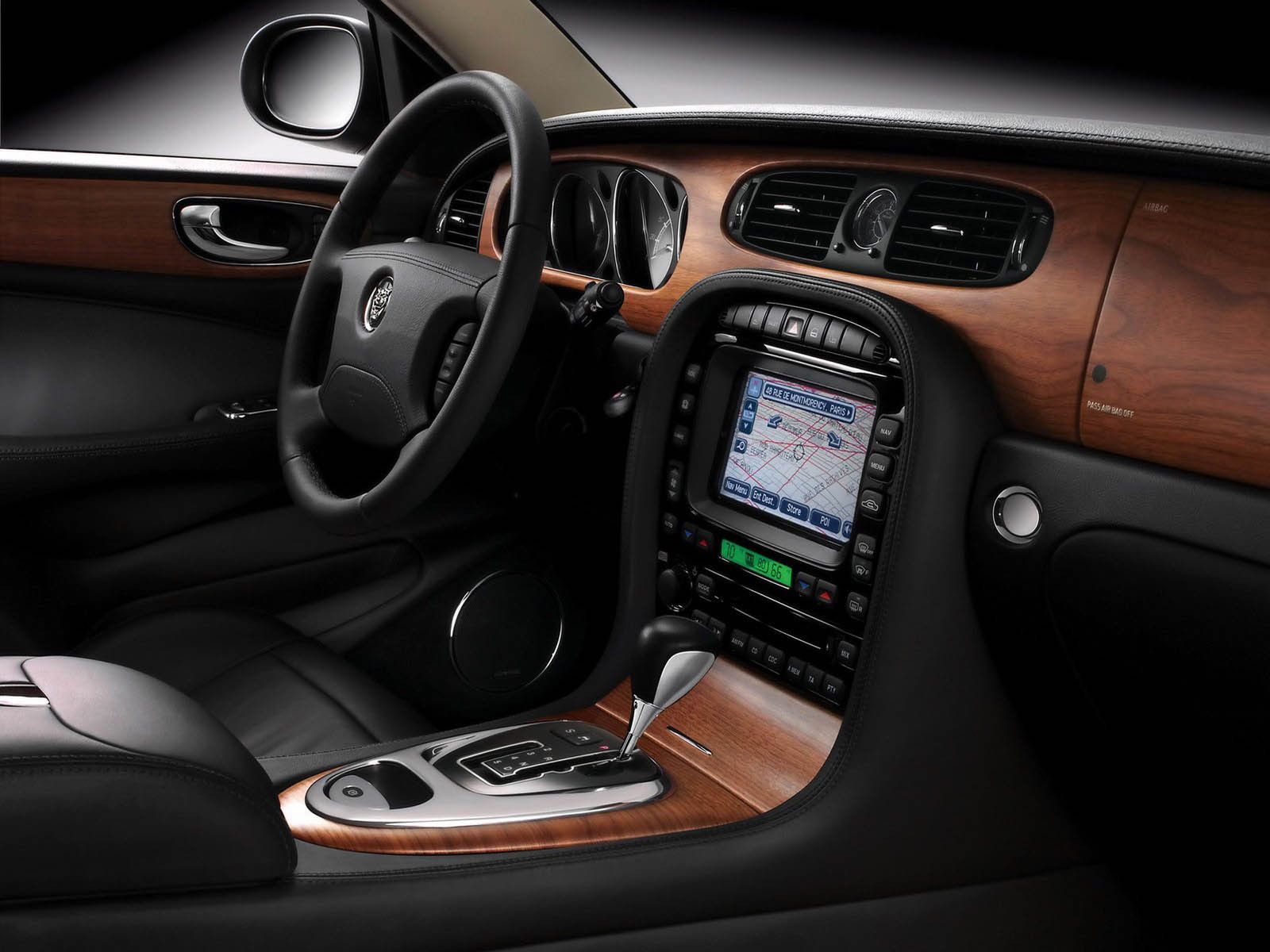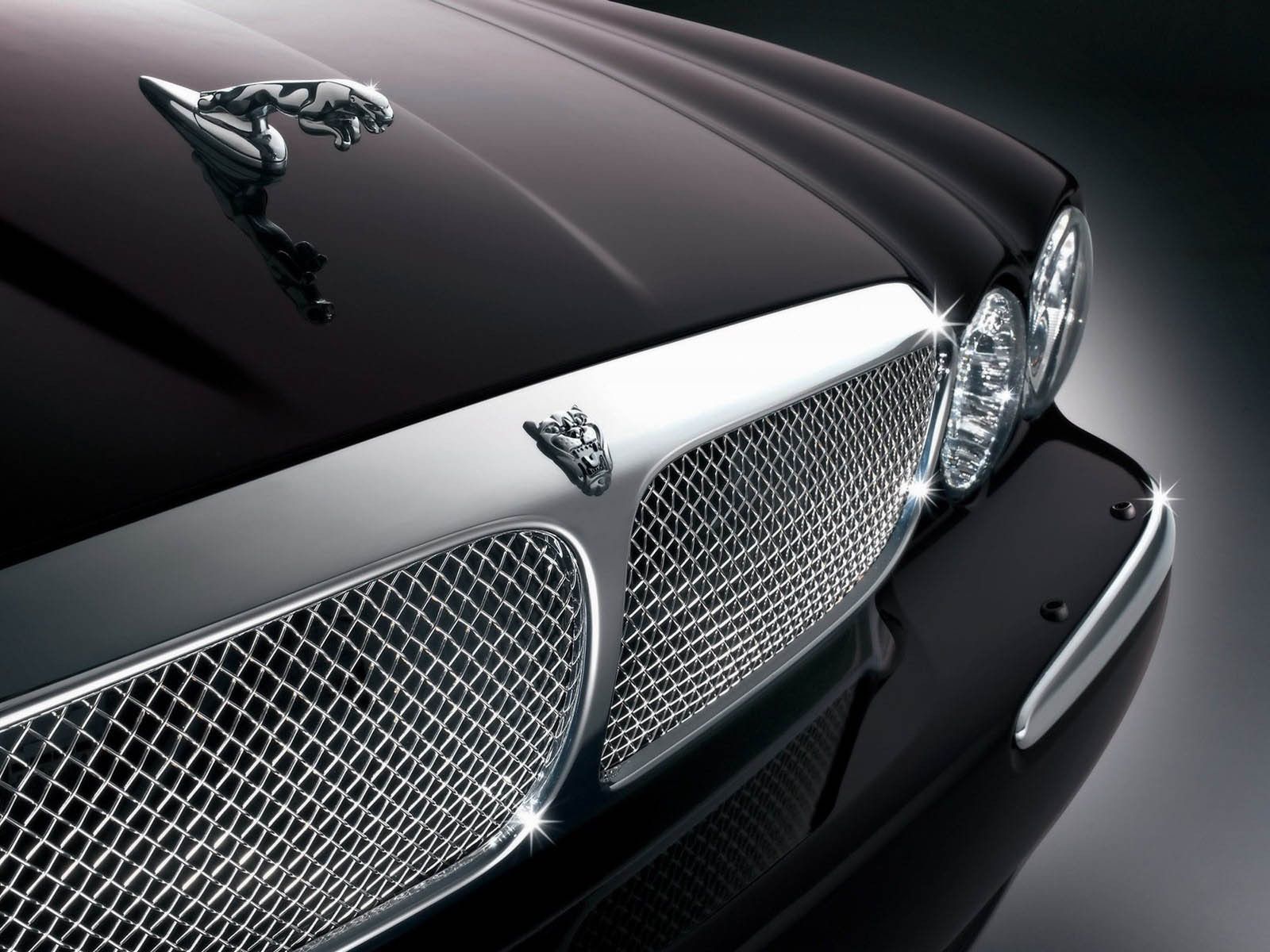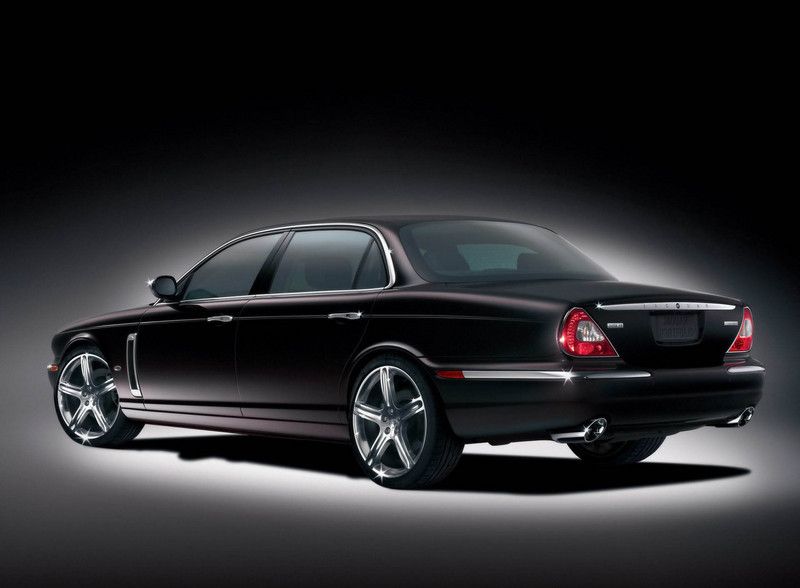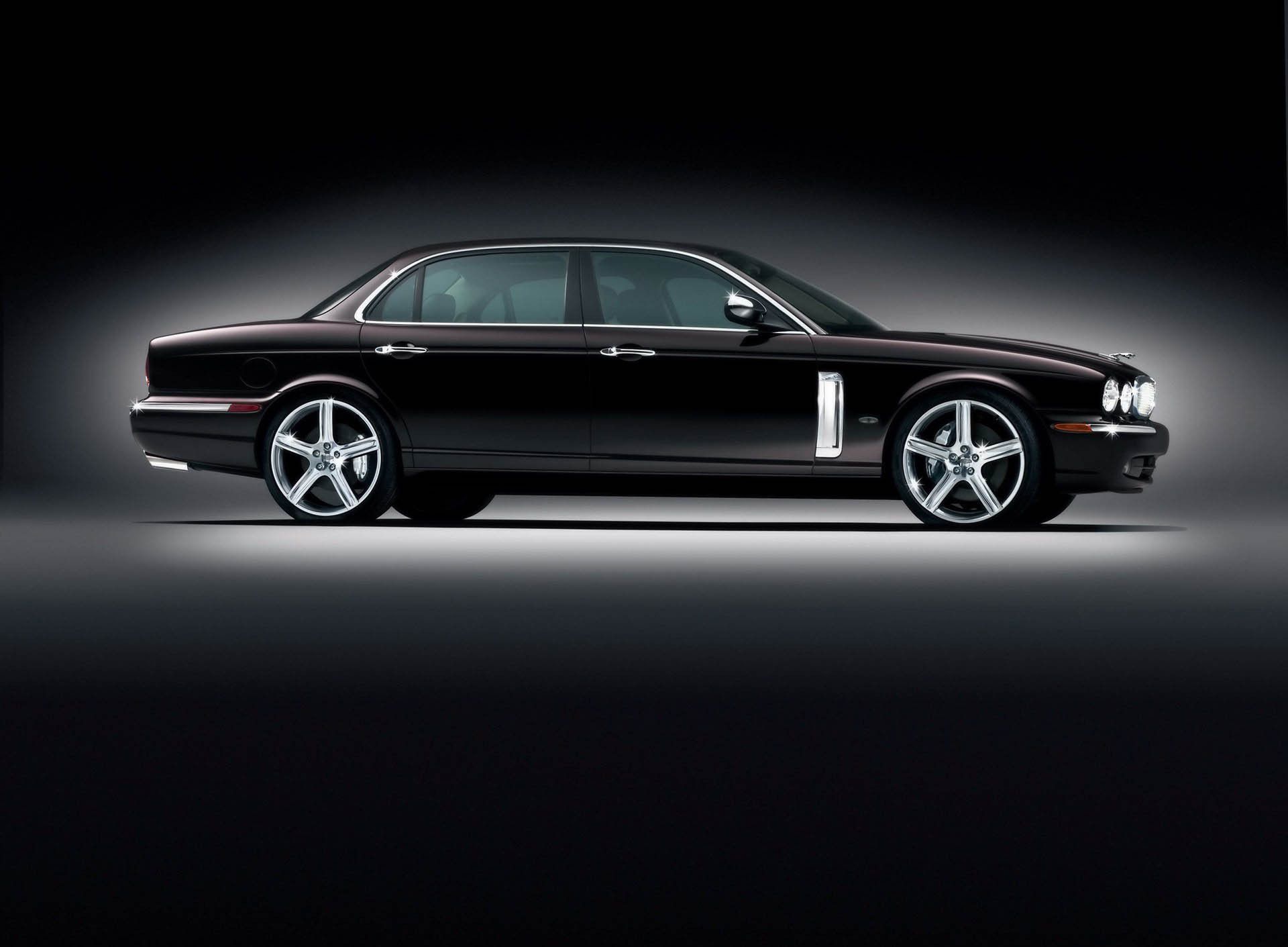Introduced in 1968 as a replacement for the iconic Mark II and its more luxurious S-Type counterpart, the Jaguar XJ went on to become one of the most famous road-going models built by the British firm. The flagship sedan was redesigned in 1973 and 1979, but kept its design language and inline-six and V-12 engines until 1986. The XJ received more significant makeovers in 1986, 1994, and in 1997 the mighty V-12 was dropped. In 2003, Jaguar re-engineered the full-size sedan, giving it V-6 and V-8 engines and an aluminum structure that made it significantly lighter than its competitors.
Praised for its stately design, plush interior, lightweight design, powerful V-8 engine, and attractive price compared to Audi, BMW, and Mercedes-Benz products, the X350-generation XJ was also used as a base for a couple of ultra-luxury models. The first one was the Super V8, which had a longer wheelbase, Vanden Plas or Daimler interior, and a supercharged powerplant. In 2005, Jaguar introduced the Super V8 Portfolio, an exclusive and expensive XJ developed specifically for the U.S. market.
It moved Jaguar into the $100,000 ultra-sedan club for the first time and even though it was the most expensive Jaguar at the time, it was often considered to be of great value relative to its German competition. Keep reading to find out what made it so special.
Continue reading to find out more about the Jaguar Super V8 Portfolio.
2006 Jaguar Super V8 Portfolio
- Make: Array
- Model: 2006 Jaguar Super V8 Portfolio
- Engine/Motor: 4.2L V8
- Horsepower: 400@6100
- Transmission: 6- automatic
2003 Jaguar XJR
- Make: Array
- Model: 2003 Jaguar XJR
- Engine/Motor: 2.7L V6
- Horsepower: 230@6150
- Torque: 3500
- Transmission: 5-automatic
- [do not use] Vehicle Model: Array
Exterior
While the standard XJ had a subtle appearance that was did not exude opulence or aggressiveness, the Portfolio blended both characteristics thanks to its design being heavily inspired by the Jaguar Concept Eight. The sedan borrowed many of the features seen on the show car, including the sculpted aluminum vents in the front fenders, the mesh grille that replaced the standard vertical slat element, the polished, and 20-inch alloy wheels. The longer wheelbase, which gained five extra inches, also helped with the opulent look. Only two exterior colors were available, the classy Black Cherry and the attention-grabbing Winter Gold.
Interior
Inside, the Super V8 Portfolio was even more spectacular when compared to the standard XJ. Also inspired by the Concept Eight, the cabin was sporty and elegant at the same time, featuring Jaguar's most luxurious amenities at the time. The seats, the dashboard, most of the door panels, center console and steering wheel were covered in soft leather, while the floor had wool carpet mats. The dash, center console, door panels, and fold-down picnic trays in the front-seat backs featured authentic wood inserts. Customers were able to choose between two types of wood, one of which was American black walnut.
The four-seat configuration gave rear-seat passengers ample legroom. All four seats had power-adjustable backrests, three-stage heaters, while a four-zone climate control provided optimum comfort front and rear. The front-seat headrests were equipped with 6.5-inch screens for the DVD entertainment system with individual controls for both rear-seat passengers.
It's important to point out that most of these features were also available in the standard Super V8. This doesn't make the Portfolio less spectacular, but speaks volumes about Jaguar's ambition to stand out and provide a more exclusive limousine.
Drivetrain
The X350-generation XJ was offered with five different engines. The base model had a 3.0-liter V-6, while the more expensive trims were sold with either a 3.5-liter V-8, a 4.2-liter V-8, and a supercharged version of the latter. Jaguar also offered a diesel in the form of a 2.7-liter V-6. The Portfolio got its juice from the most powerful gasoline unit. The supercharged 4.2-liter V-8 was rated at 400 horsepower, a whipping 105-horsepower increase over the naturally aspirated version. Connected to a ZF-built, six-speed automatic, the V-8 enabled the portfolio to hit 60 mph from a standing start in only five seconds on its way to a top speed of 155 mph.
The Jag was a full second quicker than the E65-generation BMW 750i, which had a 4.8-liter V-8 with 362 horsepower, and more than a half-second quicker than the V-12-powered 760i, which came with a whopping 438 horses on tap. It was also significantly quicker than the W220-gen Mercedes-Benz S500. The German limousine had a 302-horsepower V-8 and reached 60 mph from a standing start in 6.2 seconds. Only the S600 was able to match the Portfolio in a straight line, thanks to its massive, 493-horsepower V-12. Both the S500 and S600 became quicker in 2006, but the V-8 still wasn't able to beat the range-topping Jag. In fact, even the S55 AMG was slower from 0 to 60 mph at 5.6 seconds, despite its 493-horsepower rating.
The Portfolio's outstanding performance compared to its German competitors was possible thanks to its aluminum structure, which made it nearly 800 pounds lighter than the long-wheelbase BMW 760Li! Its lightweight construction also made it more fuel efficient than its main rivals.
Prices
The Super V8 Portfolio was priced from $116,000 in the U.S., a $24,000 premium over the standard Super V8, which retailed from $92,000 back in 2005. Not only the most expensive Jaguar in its day, the Portfolio was also the first Cat to cost more than $100,000 and the most expensive XJ since the company discontinued its V-12 flagship sedan. Production was limited to only 145 units, all of which were sold out as preorders. Nowadays, Portfolios can be had for less than $50,000 on the used car market.
Competition
BMW 7 Series
Launched in 2002, the E65-generation 7 Series was one of the most advanced and luxurious full-size vehicles of its era. Penned by controversial designed Chris Bangle, the E65 was heavily criticized for its radical departure of the styling from the E38 and the "Bangle Butt" rear end, it eventually became one of the best-selling 7 Series models and gained a strong following. It was offered with a wide range of inline-six, V-8, and V-12 engine in both gasoline and diesel form and showcased many innovative technologies, including active anti-roll bars, self-leveling air suspension, the first version of BMW's iDrive system, electronic adaptive headlamps, and infinitely variable intake manifold. Two long-wheelbase models about the same size as the Portfolio were available in showrooms. The 750Li with a 4.8-liter V-8 rated at 362 horsepower and 361 pound-feet of torque, and the 760Li with a 6.0-liter V-12 good for 438 horses and 443 pound-feet of twist. Pricing began from $75,800 for the 750Li and from $118,900 for the 760Li for the 2006 model year.
Read more about the BMW 7 Series here.
Mercedes-Benz S-Class
Introduced in 1999, the W220-gen S-Class was the oldest of the bunch. In 2005, it was waiting for its redesigned successor, which arrived in 2006. Much like the 7 Series, it also brought many new technologies to the market. Highlights included the Airmatic air suspension, Active Ventilated seats, keyless entry and ignition, and Distronic, the first radar-assisted cruise control system. Powerplants included V-6, V-8, and V-12 engines, with the biggest units offered in the range-topping S500 and S600 models. The former used a 5.0-liter V-8 rated at 302 horsepower and 339 pound-feet, while the latter had a 5.5-liter V-12 that cranked out 493 horses and 590 pound-feet of twist. Unlike Jaguar and BMW, Mercedes also built high-performance versions of its full-size sedan. The V-8 model was sold as the S55 AMG, while the V-12 version had an S65 AMG badge. The S500 retailed from $83,900, while the S600 fetched $124,700 before options.
Read more about the Mercedes-Benz S-Class here.
Conclusion
The Super V8 Portfolio was a tremendous car for many reasons. First, its designed was almost identical to the Concept Eight. Granted, the show car was far from wild as far as design goes, but it goes to show that Jaguar paid attention to its customers and turned the concept into a production vehicle. Second, it's aluminum construction made it lighter, more powerful, and more fuel efficient than its German competitors, even when compared with V-12-powered models. Third, it paid tribute to the classic XJ. It was large, luxurious, and had everything it needed to give the 7 Series and the S-Class a run for their money. It was also slightly more affordable than the Mercedes-Benz. The Portfolio's only downside was that it lacked some of the innovative technology available with BMWs and Mercs, but the enhanced exclusivity makes it a sedan worthy of all the attention it can get.

